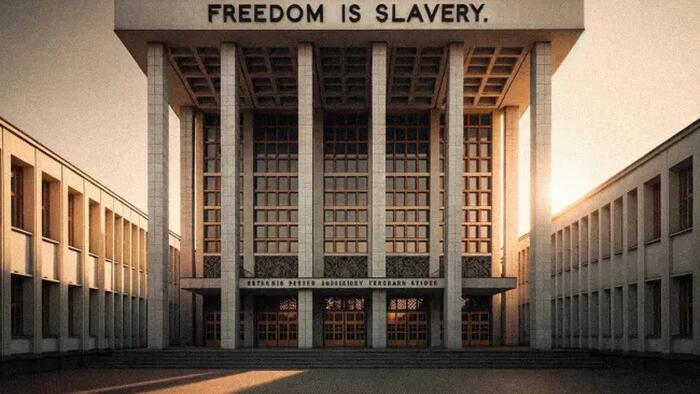In James Bovard’s critique of Vice President Kamala Harris’s presidential campaign, he compares her vision of “freedom” to the Rolling Stones’ song “Under My Thumb,” arguing that her proposed freedoms serve to empower government rather than individual citizens. Harris, along with her running mate, Governor Tim Walz, promotes a view of freedom that Bovard suggests mimics totalitarian regimes, where government expansion is equated with societal liberation. This contrasts sharply with the foundational belief expressed during the American Revolutionary era that true liberty involves constraints on government power. Harris’s approach implies that a stronger state translates to greater individual rights, thereby distorting the traditional understanding of freedom as the absence of government oppression.
Bovard argues that Harris’s method of defining freedom hinges on government intervention aimed at “saving humanity,” rooted in a presumption of benevolence towards individuals. Such a perspective creates a slippery slope where the definition of “bad” actors extends to those critical of government actions. This rationale leads to proposals for extensive government oversight over free speech, where Harris’s administration seeks to root out “misinformation.” Following Walz’s viewpoint, what constitutes misinformation is nebulous and could potentially encompass any dissent against government narratives. This shift from citizen autonomy to state-controlled speech raises severe concerns about civil liberties and dilutes the foundational principle of freedom of expression as envisioned in the constitutional Bill of Rights.
The themes of fear and extremism surface significantly in Harris and Walz’s campaigns. By promising “freedom from extremism,” they inadvertently open the door for the government to suppress dissenting viewpoints or criticisms labeled as extreme. During the Democratic National Convention, Harris’s assurances of “freedom from fear” further extend governmental power to act against any perceived threats. The implications of such promises are profound; by allowing legislators to define fears and threats, it grants them the authority to impose regulations and laws based on subjective sentiments, rather than objective threats. Thus, the administration’s approach raises questions about the nature of freedom in a society where the government gains authority based on public emotion rather than established legal standards.
On the promise of safety from gun violence and the associated freedoms, Bovard highlights Harris’s support for restrictive measures aimed at gun ownership, which he argues would deprive citizens of their rights and leave them reliant on government for protection. He cites conflicting liberties, such as the apparent push for mandates concerning vaccination and medical interventions, which contradict the proclaimed “freedom of choice”—especially regarding personal medical decisions. This contradiction reveals a deeper conflict within the Harris-Walz campaign where government-defined freedoms infringe upon individual rights, particularly in circumstances where personal autonomy should prevail.
Bovard continues by analyzing Harris’s environmental assurances, claiming her pledges for clean air and water also herald increased governmental regulations that could lead to limitations on individual choices, such as banning certain types of vehicles. The vagueness of such environmental “freedoms” offers a pretext for a broadened government role in citizens’ daily lives, potentially resulting in stringent limitations on personal freedoms that could extend to many forms of productive activity. In this light, the Harris-Walz conception of freedom equates to an ever-resilient political apparatus, always justifying its expansion as a necessary means to deliver promised “freedoms.”
Ultimately, Bovard warns that the reinterpretation of freedom presented by Harris and Walz unfolds a disconcerting narrative where individual liberties diminish under the guise of governmental benevolence. He calls for citizens to be vigilant against the perils of redefined freedoms that threaten to dismantle constitutional constraints meant to protect citizens from state overreach. In invoking Thomas Jefferson’s sentiments on power, the analysis emphasizes that restraining government would allow Americans to preserve true liberty. As the political landscape shifts, this cautionary approach advocates for a critical analysis of political rhetoric surrounding freedom to ensure that individual rights endure amidst the complexities of contemporary governance.

